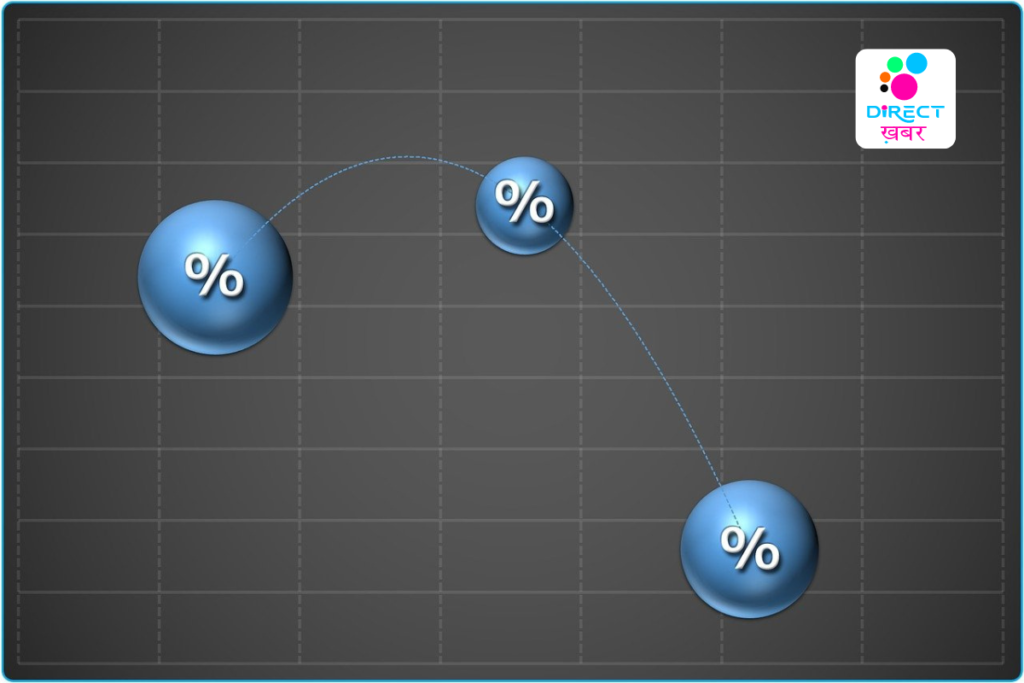Transforming Healthcare: The Role of Business Analytics in Patient Care
In recent years, the healthcare industry has witnessed a paradigm shift with the integration of business analytics into patient care. This transformation has not only enhanced operational efficiency but also revolutionized the way healthcare providers deliver services. This essay explores the profound impact of business analytics on patient care, examining its role in improving outcomes, optimizing resources, and enhancing decision-making processes.

Understanding Business Analytics in Healthcare:
Business analytics in healthcare involves the systematic analysis of data to derive meaningful insights for informed decision-making. It encompasses various techniques such as data mining, predictive modeling, and data visualization to extract valuable information from vast amounts of healthcare data. By leveraging advanced analytics tools and technologies, healthcare organizations can uncover patterns, trends, and correlations that facilitate better understanding of patient needs and preferences.
Enhancing Patient Outcomes:
One of the primary benefits of business analytics in healthcare is its ability to improve patient outcomes. Through predictive analytics, healthcare providers can identify individuals at risk of developing certain medical conditions or experiencing adverse events. By proactively intervening and providing targeted interventions, such as personalized treatment plans or preventive measures, healthcare professionals can mitigate risks and improve patient health outcomes. Additionally, analytics-driven insights enable clinicians to optimize treatment protocols, resulting in more effective therapies and reduced hospital readmissions.
Optimizing Resource Allocation:
Business analytics also plays a crucial role in optimizing resource allocation within healthcare organizations. By analyzing data related to patient flow, resource utilization, and operational efficiency, administrators can identify areas for improvement and implement strategies to enhance resource allocation. For example, predictive analytics can forecast patient demand and help hospitals adjust staffing levels accordingly, ensuring that adequate personnel are available to meet patient needs without overburdening the workforce. Similarly, analytics-driven insights can inform inventory management practices, minimizing waste and reducing costs associated with excess supplies.

Improving Decision-Making Processes:
In addition to enhancing patient outcomes and resource allocation, business analytics empowers healthcare professionals to make data-driven decisions across various domains. From clinical decision support systems that aid in diagnosis and treatment planning to operational analytics that optimize scheduling and workflow management, analytics-driven insights enable stakeholders to make informed choices that drive better outcomes. Moreover, by integrating disparate sources of data, such as electronic health records, wearable devices, and population health data, analytics platforms provide a comprehensive view of patient health, enabling holistic and patient-centered care delivery.
Challenges and Considerations:
Despite its transformative potential, the integration of business analytics into patient care is not without challenges. Healthcare organizations must address concerns related to data privacy, security, and interoperability to ensure the ethical and responsible use of healthcare data. Moreover, the successful implementation of analytics initiatives requires investment in infrastructure, technology, and workforce training, which may pose financial and logistical challenges for some organizations. Additionally, healthcare professionals must navigate cultural and organizational barriers to effectively leverage analytics-driven insights in their practice.
Future Directions:
Looking ahead, the future of business analytics in patient care holds tremendous promise for advancing healthcare delivery and improving patient outcomes. With ongoing advancements in artificial intelligence, machine learning, and predictive analytics, healthcare organizations will continue to harness the power of data to drive innovation and transformation. Moreover, the integration of real-time data streams and predictive modeling capabilities will enable proactive and personalized approaches to care delivery, further enhancing the quality, efficiency, and accessibility of healthcare services.

The integration of business analytics into patient care represents a transformative shift in the healthcare landscape. By leveraging data-driven insights, healthcare organizations can enhance patient outcomes, optimize resource allocation, and improve decision-making processes. However, realizing the full potential of business analytics in healthcare requires addressing various challenges and considerations, including data privacy, infrastructure, and workforce readiness.
Nevertheless, as technology continues to evolve and healthcare organizations embrace a culture of innovation, the future holds immense opportunities for leveraging analytics to revolutionize healthcare delivery and improve the lives of patients worldwide.






